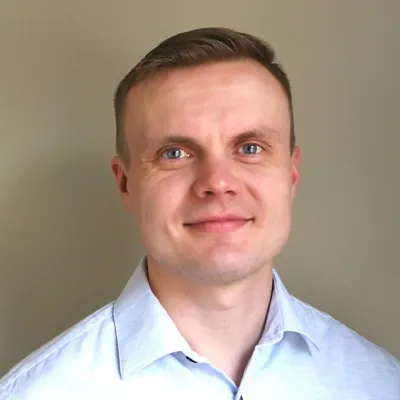A joint research project Eware 6G (Energy Awareness towards 6G) between VTT and the University of Oulu has developed new solutions to reduce the energy consumption of telecommunication networks. The aim of the project was to achieve significant energy savings in a holistic way, covering mobile devices, different parts of the wireless network and services.
Particular attention was paid to the efficient use of renewable energy sources, such as wind and solar energy, as part of a smart system.
"While current solutions have focused on specific parts of the overall system, such as applications or radio networks, our solution includes a more holistic view of the energy consumption of wireless services," says Jukka Mäkelä, Research Team Leader at VTT.
The solutions are already applicable to today's 5G networks, but will become even more important in future 6G scenarios. The aim is to enable more energy-efficient use of wireless services across a range of industries and services – from manufacturing to entertainment and healthcare. This will help reduce the electricity consumption of services during their use and respond more effectively to the challenges of sustainable development.
“The role of wireless solutions in the healthcare sector is expected to grow significantly in the near future with the proliferation of remote services required for predictive health and medical care. In addition, they are increasingly being used in internal hospital systems," says Erkki Harjula, Adjunct Professor responsible for the contribution of the University of Oulu.
The project also involved key players in the sector, including Nokia, DNA, Haltian, Yle, Poutanet and Traficom. The solutions have already been tested in VTT's private operational 5G network, and the testing has made extensive use of VTT's and the University of Oulu's own 5G/6G test networks. This has enabled the system to be verified in a genuine mobile operator environment. The experimental activities provide an excellent basis for developing solutions that could become a standardised part of future 6G networks. The research project lasted 2½ years and the results will be further developed in future projects in cooperation with companies.



